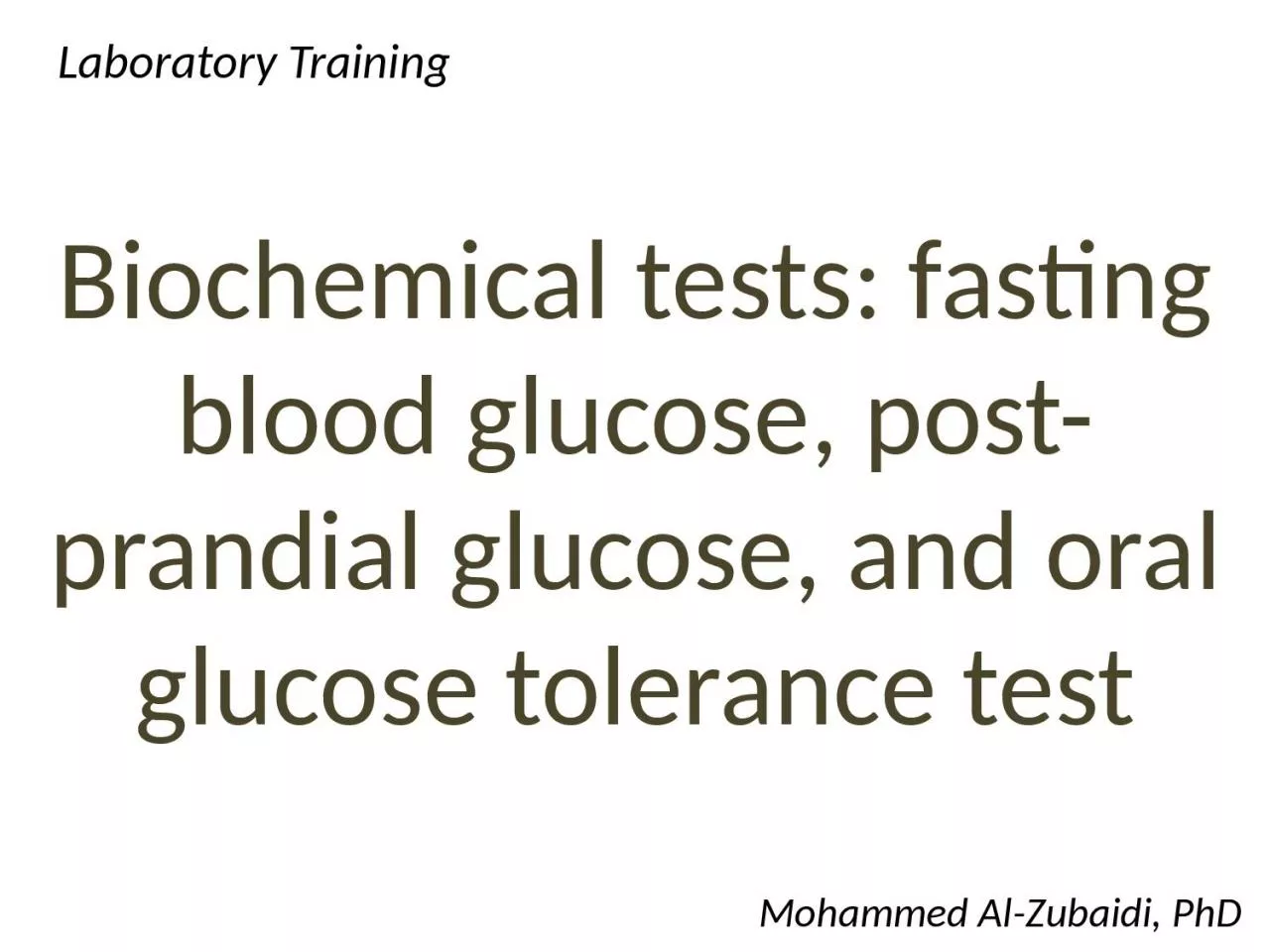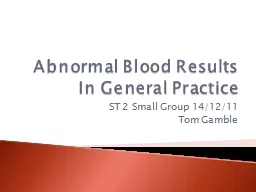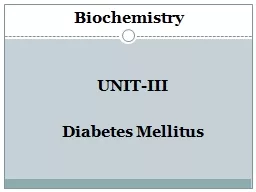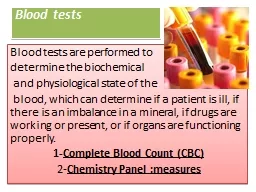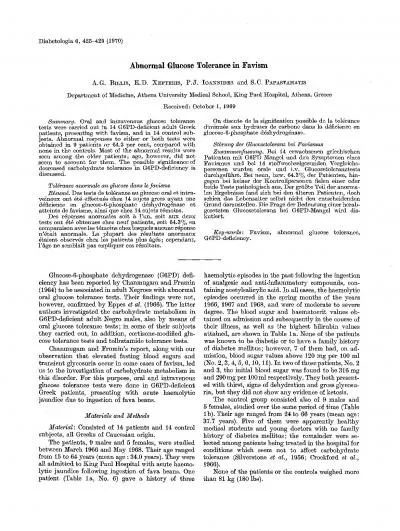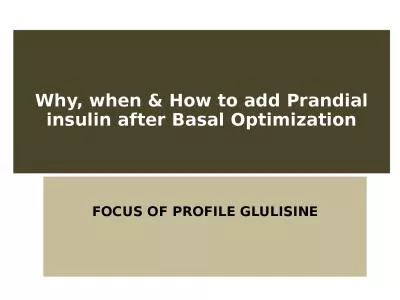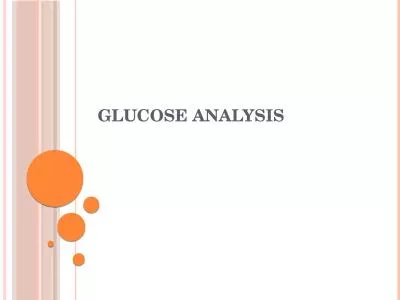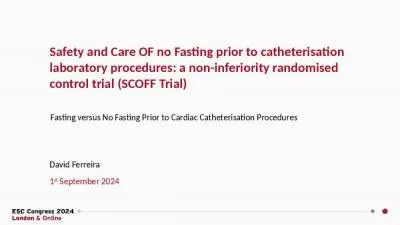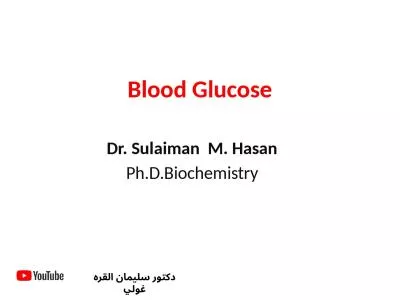PPT-Biochemical tests: fasting blood glucose, post-prandial glucose, and oral glucose tolerance
Author : harmony | Published Date : 2022-06-14
Mohammed Al Zubaidi PhD Laboratory Training Introduction The blood glucose level is the amount of glucose present in the blood The body naturally tightly regulates
Presentation Embed Code
Download Presentation
Download Presentation The PPT/PDF document "Biochemical tests: fasting blood glucose..." is the property of its rightful owner. Permission is granted to download and print the materials on this website for personal, non-commercial use only, and to display it on your personal computer provided you do not modify the materials and that you retain all copyright notices contained in the materials. By downloading content from our website, you accept the terms of this agreement.
Biochemical tests: fasting blood glucose, post-prandial glucose, and oral glucose tolerance: Transcript
Download Rules Of Document
"Biochemical tests: fasting blood glucose, post-prandial glucose, and oral glucose tolerance"The content belongs to its owner. You may download and print it for personal use, without modification, and keep all copyright notices. By downloading, you agree to these terms.
Related Documents

